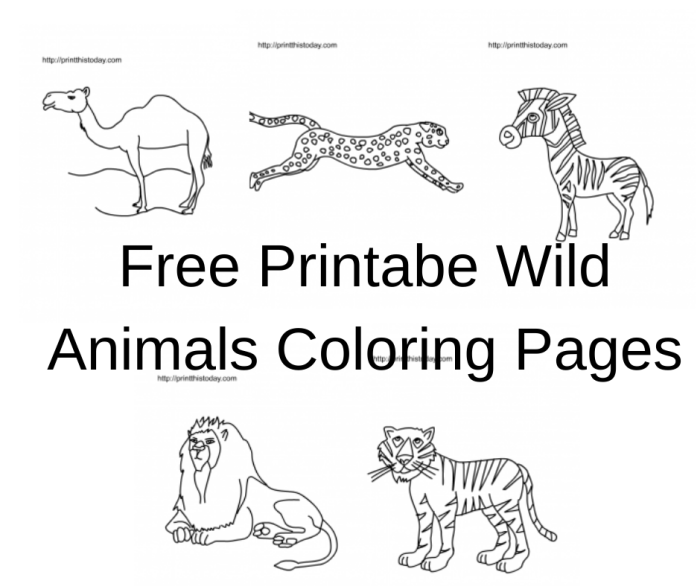Coloring Book Production and Printing: Camilla D’errico Coloring Book
Camilla d’errico coloring book – Transforming Camilla d’Errico’s vibrant and whimsical artwork into a captivating coloring book requires a meticulous process, blending artistic vision with technical precision. From the initial digital files to the final printed product, each stage demands careful consideration to ensure the book’s quality and appeal.
The journey begins with preparing the artwork. High-resolution digital files of Camilla’s illustrations are crucial. These are then meticulously prepared for print, ensuring line art is crisp and clear, and any color variations are optimized for the chosen printing method. This stage also involves page layout, considering the overall flow and balance of the book’s design. The final files must be in a format suitable for the printing process, usually PDF/X-1a.
Printing Techniques and Suitability, Camilla d’errico coloring book
Several printing techniques are available, each with its advantages and disadvantages. Offset printing, a common choice for large print runs, offers superior color accuracy and consistency. However, the high setup costs make it less suitable for smaller runs. Digital printing, on the other hand, is cost-effective for smaller quantities but might compromise slightly on color vibrancy and fine detail compared to offset.
For a Camilla d’Errico coloring book, which likely requires vibrant and detailed illustrations, offset printing would be the preferred choice if the print run is sufficiently large to justify the setup costs. Digital printing could be considered for a smaller, test run or a limited edition.
Paper Stock, Ink Type, and Binding Specifications
The choice of paper significantly impacts the coloring experience. A high-quality, thick paper (at least 100gsm, ideally 150gsm or higher) is essential to prevent bleed-through from markers or colored pencils. A slightly textured paper, such as a natural white or cream-colored stock, can enhance the visual appeal and provide a better surface for coloring. The paper should be acid-free to ensure the longevity of the book.
For ink, CMYK (Cyan, Magenta, Yellow, Key/Black) is the standard for offset printing, offering a wide color gamut. The binding should be sturdy, such as saddle-stitch binding for smaller books or perfect binding for larger ones, ensuring the book lies flat and pages don’t fall out easily. A durable cover stock is also crucial to protect the book from wear and tear.
Potential Challenges and Solutions
Several challenges can arise during production. Color accuracy can be affected by variations in printing presses or ink consistency. Careful color calibration and proofing throughout the process are essential to mitigate this risk. Bleed-through can be a problem with certain paper types and coloring media; testing different paper stocks before final production is vital. Another challenge is ensuring the artwork remains sharp and detailed during the printing process.
High-resolution files and careful pre-press preparation are crucial to address this.
Popular Questions
What kind of paper is best for this coloring book?
Thick, high-quality paper is crucial to prevent bleed-through. Consider at least 100lb weight, ideally something heavier.
Will there be different difficulty levels in the coloring book?
Absolutely! The book will cater to various skill levels, offering pages with simple designs for beginners and intricate details for experienced colorists.
What age range is the coloring book targeted towards?
While appealing to all ages who appreciate d’Errico’s art, the detailed designs will particularly resonate with teens and adults.
Are there plans for a digital version?
A digital version is definitely a possibility for future consideration, offering a convenient and eco-friendly alternative.
So, we’re looking at Camilla d’Errico’s coloring books, right? Her style is so distinctive, with those bold lines and vibrant characters. It’s a fun contrast to something like the classic charm you find in peanuts coloring book pages , which offer a totally different aesthetic. But getting back to d’Errico, the detail in her work really lends itself well to the coloring book format; it’s a great way to explore her art.

